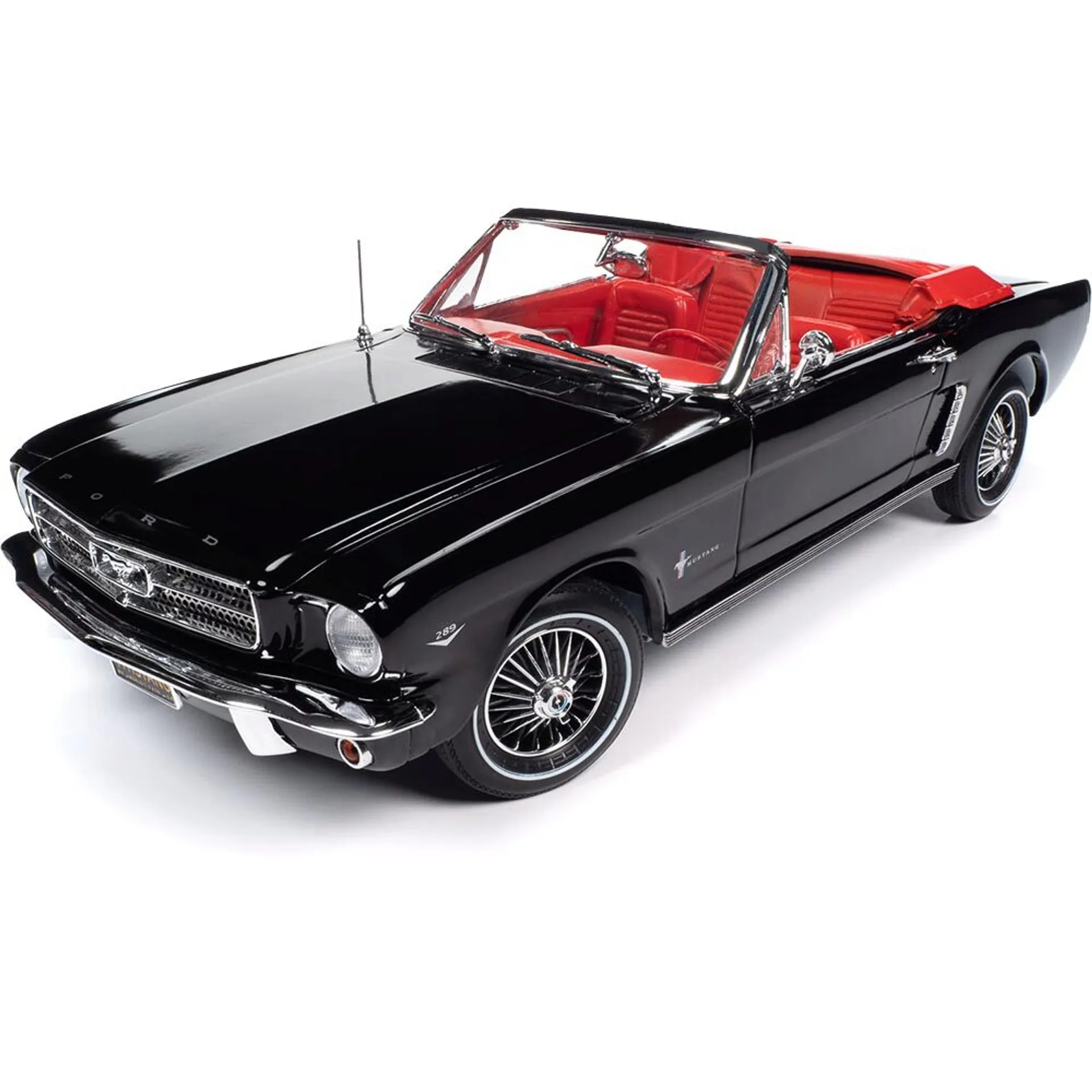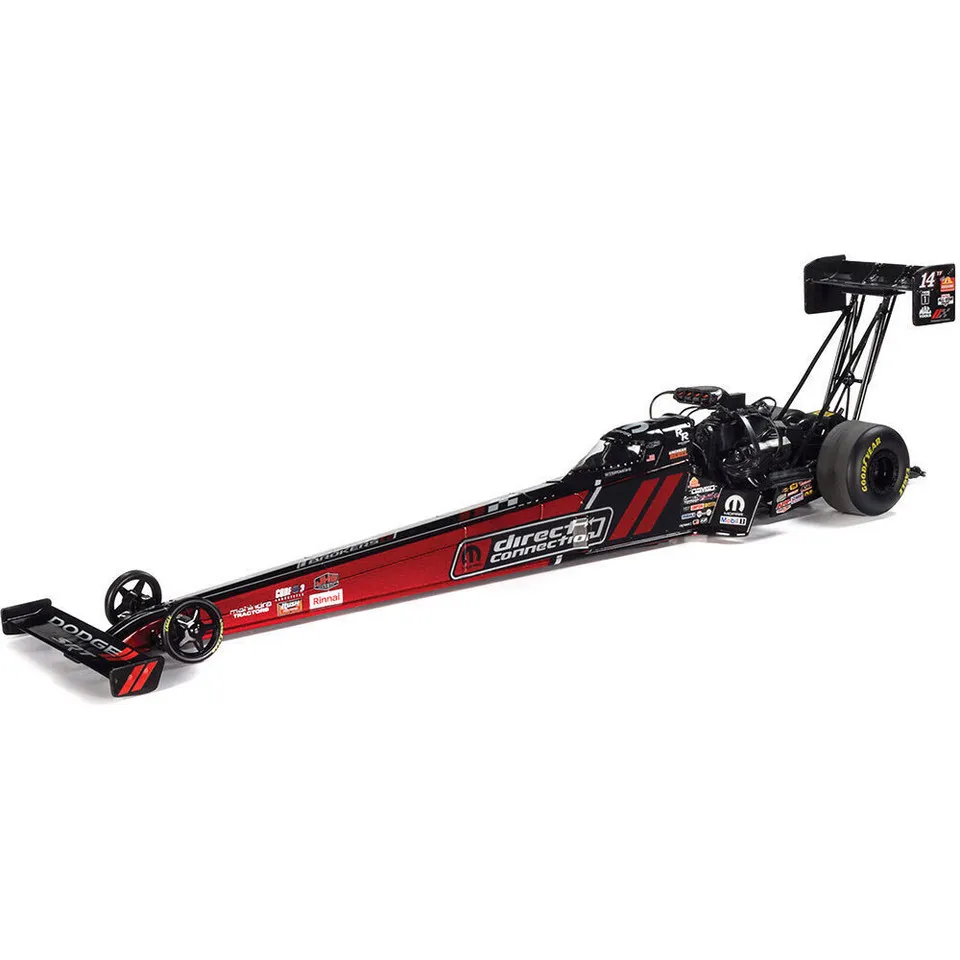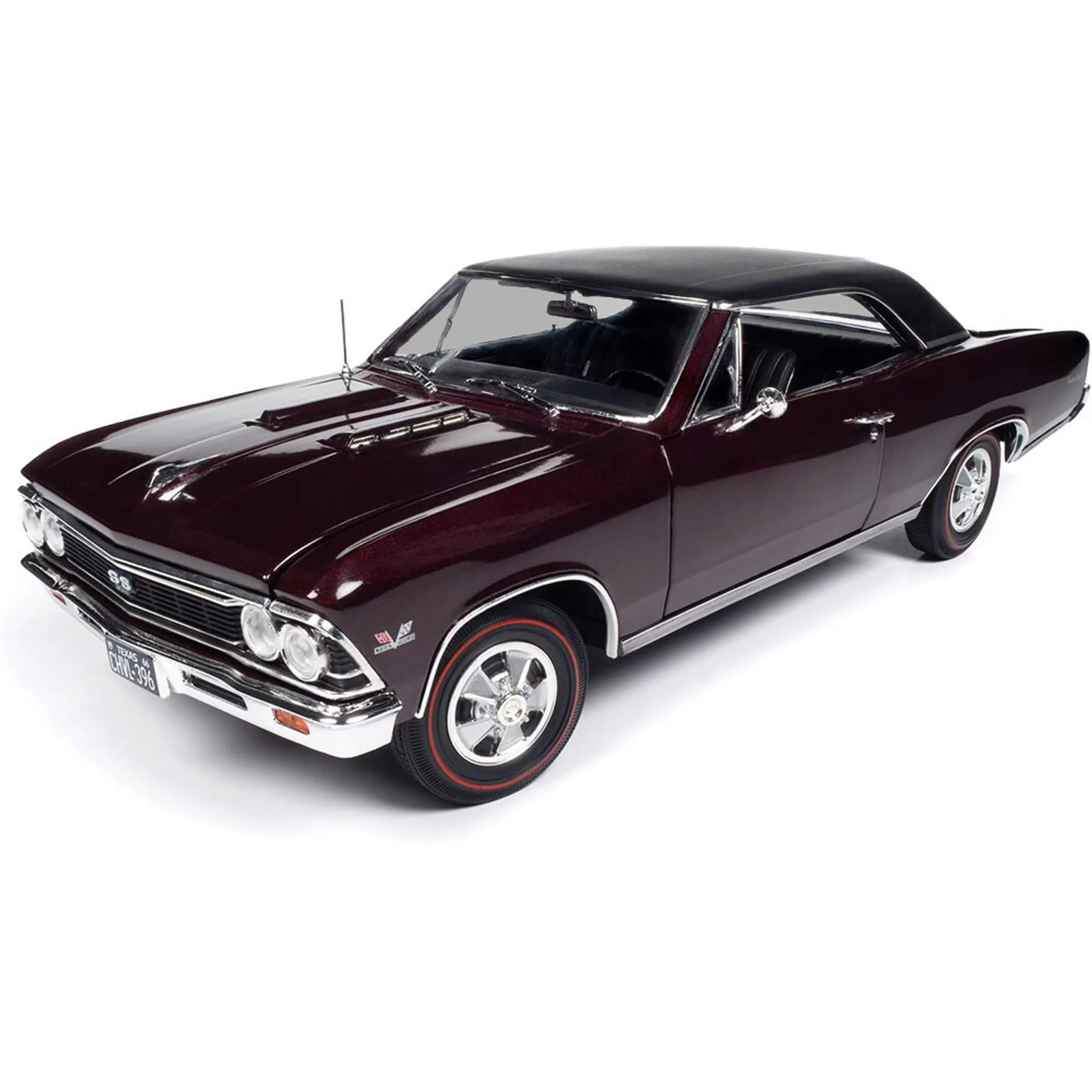7 Top Tips for Diecast Modellers
Diecast modelling is a rewarding hobby that combines artistry, precision, and a passion for miniature vehicles. Whether you’re a beginner or looking to refine your skills, this guide offers seven essential tips to elevate your diecast modelling experience. From understanding scales to mastering weathering techniques and finding the perfect display, these tips will help you create stunning, realistic models that you can be proud of. The world of diecast modelling is vast and diverse, with endless possibilities for customization and creativity. Embrace these tips and embark on a journey to becoming a skilled and passionate diecast modeller. Remember, the key is to enjoy the process and continually strive to improve your craft, one model at a time. Welcome to the fascinating world of miniature vehicles and the joy of bringing them to life. Let’s dive into the top tips that will transform your modelling.
Tip 1 Know Your Scale
Understanding scale is fundamental to diecast modelling. Scales represent the ratio between the model’s size and the real-life vehicle. The most popular scales include 1:18, 1:24, 1:43, and 1:64. Each scale offers a different level of detail and complexity. 1:18 scale models are often larger and allow for intricate detailing, while 1:64 models are smaller and more suited for collecting. Choosing the right scale depends on your preferences, available space, and budget. Researching different scales and their respective pros and cons will help you make an informed decision. Additionally, consider the availability of models and accessories in your chosen scale. Familiarizing yourself with scale terminology and measurements is also beneficial. This will help ensure accuracy and consistency in your modelling projects. By knowing the scale you’re working with, you can select appropriate tools, paints, and techniques to achieve the desired level of realism and detail. Understanding scales is key to creating a cohesive and impressive collection of diecast models, so take your time to explore and find the perfect scale for you.
Tip 2 Get the Right Tools

Having the right tools is essential for any diecast modeller. A well-equipped toolkit will make your modelling process more efficient and enjoyable. Essential tools include a hobby knife, fine-tipped tweezers, a cutting mat, and various files and sanding sticks. These tools will help you with removing parts, cleaning up flash, and preparing surfaces for painting. Invest in a good-quality set of paintbrushes, ranging in size from fine detail brushes to broader brushes for base coats. Additionally, consider an airbrush for achieving smooth, even paint finishes. Other useful tools include a pin vise for drilling small holes, a set of small clamps or clips to hold parts together while glue dries, and a magnifying lamp to enhance visibility and precision. Proper storage is also important; keep your tools organized and accessible to prevent damage and ensure they are always ready for use. With the right tools at your disposal, you’ll be well-equipped to tackle any modelling project and achieve professional-looking results. Remember to regularly clean and maintain your tools to keep them in good working order and extend their lifespan. A well-maintained toolkit is a diecast modeller’s best friend.
Tip 3 Prep Your Model
Preparing your diecast model is a crucial step in the modelling process. Proper preparation ensures that paint adheres correctly and that the final result looks professional. Start by carefully removing the model from its packaging and inspecting it for any imperfections or flash. Flash refers to excess plastic that can be found on the model parts. Use a hobby knife or file to trim away any flash, and then use fine sandpaper to smooth down any rough edges. Wash the model with warm, soapy water to remove any dust, grease, or release agents that may be present. This will also help the paint adhere. Consider disassembling the model partially or completely to paint individual parts more effectively. Before painting, prime the model with a suitable primer. Priming creates a uniform surface for the paint and helps it adhere. Allow the primer to dry completely before proceeding with painting. Taking the time to properly prepare your model will greatly improve the final result and make your modelling experience more enjoyable. This step lays the foundation for the rest of your project.
Tip 4 Paint Like a Pro
Painting is where your diecast model truly comes to life. Achieving a professional paint finish requires practice and attention to detail. Start by choosing the right paints; acrylic paints are popular for their ease of use and low odor. Enamel paints offer durability but require more care. Thin your paints properly to achieve smooth, even coats and avoid brush strokes or runs. Apply multiple thin coats rather than one thick coat to build up the color gradually. Use masking tape to protect areas that you don’t want to paint. An airbrush is a valuable tool for achieving smooth, even paint finishes, especially for large surfaces. Practice your airbrush technique on scrap pieces before applying paint to your model. Don’t rush the painting process; allow each coat to dry completely before applying the next. Once the paint is dry, you can add details such as stripes, logos, and decals. Finally, seal your paint job with a clear coat to protect it and give it a polished look. Patience and practice are key to mastering the art of painting, so don’t be discouraged if your first attempts aren’t perfect. With each model, you’ll refine your technique and achieve increasingly impressive results.
Tip 5 Weathering Techniques

Weathering techniques add realism and depth to your diecast models. Weathering simulates the effects of wear and tear, such as dirt, rust, and fading. There are several techniques you can use to weather your models, including washes, dry brushing, and pigments. Washes involve applying a thinned paint solution to the model to highlight details and create shadows. Dry brushing involves applying a small amount of paint to a dry brush and then lightly brushing it over the model’s surface to create highlights and simulate wear. Pigments are finely ground powders that can be applied to the model to simulate dirt, dust, and rust. Experiment with different weathering techniques to find the ones that work best for you and the specific model you’re working on. Researching real-life vehicles and the environments they operate in can help you understand the types of weathering that are appropriate for your models. Remember to start with subtle weathering and gradually build up the effects. Avoid overdoing it; the goal is to enhance realism, not to make the model look completely destroyed. Weathering is an art form in itself, so take your time and enjoy the process of adding character and authenticity to your models.
Tip 6 Displaying Your Collection
Displaying your diecast model collection is an important part of the hobby. It allows you to showcase your models and share your passion with others. Consider where you will display your models. A dedicated display cabinet or shelf is ideal, but you can also use other spaces, such as a desk or bookcase. When choosing a display space, consider the lighting. Good lighting can highlight the details of your models and make them more visually appealing. Experiment with different lighting options, such as spotlights or LED strips. Arrange your models in a way that is visually appealing and allows each model to be seen clearly. You can organize your collection by scale, make, model, or any other criteria that makes sense to you. Add accessories to enhance your display. Model cars look great on diorama bases, alongside miniature figures, or other relevant items. Protect your models from dust, UV light, and other environmental factors. Consider using display cases or covers to prevent dust buildup. A well-displayed collection is a source of pride and enjoyment, so take the time to create a display that reflects your passion and creativity. Regularly clean your models and display to maintain their appearance.
Tip 7 Find Your Community
Joining a diecast modelling community is an excellent way to connect with fellow enthusiasts, share your work, and learn from others. Online forums, social media groups, and local model clubs offer opportunities to interact with like-minded individuals. Share your work, ask questions, and offer feedback to others. Participating in online communities is a great way to stay connected with the modelling world and gain knowledge. Attending model shows and exhibitions is also a great way to see other models, learn new techniques, and network with other modellers. These events often feature competitions, workshops, and vendor booths where you can purchase supplies and models. Joining a local model club is also a great option. Local clubs often provide opportunities for meetings, workshops, and model building sessions. By engaging with the diecast modelling community, you’ll gain valuable insights, inspiration, and support. Learning from experienced modellers can accelerate your learning curve and help you refine your skills. The modelling community is a welcoming and supportive environment where you can share your passion for diecast models. Embrace this social aspect and watch your modelling skills soar.
